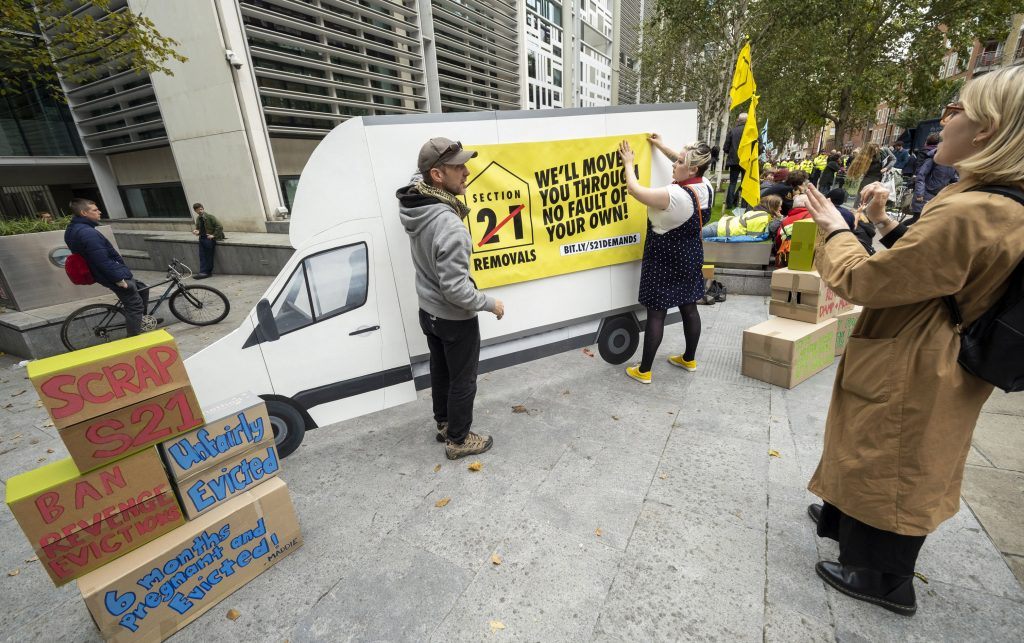The cost of living near London’s 342 ‘outstanding’ primary schools
Portico’s latest research reveals exactly how much more you’re likely to spend on a home near top-rated schools.
The report shows that there are 342 state-funded primary schools rated as ‘outstanding’ by Ofsted in London. This means that the capital has the highest number of top-rated primary schools out of all the regions in the UK.
The top boroughs in London for choice of ‘outstanding’ state-funded primary schools include:
- Barnet (24 ‘outstanding’ schools)
- Lambeth (22)
- Richmond upon Thames (20)
- Wandsworth (17)
- Hackney (17)
- Lewisham (16)
House prices across London’s outstanding schools compared
Portico has also analysed the property prices of areas surrounding all 342 ‘outstanding’ primary schools in the 32 London boroughs:
- Barking and Dagenham in east London offers the best value for money, with average property prices at £307,463. There are three ‘outstanding’ primary schools in the borough.
- Kensington and Chelsea ranks as the most expensive borough, with an average property price of £1,739,268. There are fourteen ‘outstanding’ primary schools in this borough.
Portico London estate agents table below shows the number of ‘outstanding’ state-funded primary schools per London borough, plus the average cost of living near an ‘outstanding’ school in the area:
| Borough | No. of Outstanding Schools | Average Property Price |
| Barking and Dagenham | 3 | 307,463 |
| Sutton | 5 | 353,204 |
| Greenwich | 10 | 397,479 |
| Bexley | 3 | 398,017 |
| Havering | 7 | 415,911 |
| Hillingdon | 10 | 433,120 |
| Croydon | 7 | 468,428 |
| Tower Hamlets | 13 | 474,745 |
| Newham | 7 | 484,118 |
| Redbridge | 14 | 484,118 |
| Brent | 10 | 487,698 |
| Hounslow | 11 | 494,833 |
| Waltham Forest | 5 | 506,362 |
| Harrow | 13 | 525,431 |
| Lewisham | 16 | 553,360 |
| Southwark | 13 | 586,632 |
| Ealing | 8 | 617,561 |
| Hackney | 17 | 634,465 |
| Enfield | 7 | 645,961 |
| Barnet | 24 | 649,793 |
| Lambeth | 22 | 670,706 |
| Kingston upon Thames | 8 | 680,501 |
| Islington | 7 | 709,883 |
| Haringey | 11 | 710,286 |
| Richmond upon Thames | 20 | 826,340 |
| Wandsworth | 17 | 846,967 |
| Hammersmith and Fulham | 11 | 878,433 |
| Merton | 8 | 881,883 |
| Camden | 14 | 995,966 |
| Westminster | 6 | 1,723,120 |
| Kensington and Chelsea | 14 | 1,739,269 |
Drilling down to specific schools and areas within the London boroughs
Portico has also looked at individual ‘outstanding’ schools to find the best local bargains. The results show:
- The winner is Hounslow in Greater London, which is home to ‘outstanding’ Edward Pauling Primary school. The average price of a house here is just £233,615.
- A close second was Beavers Community Primary School in Hounslow, which has an average price-tag of £247,571.
- Third was St Stephen’s Catholic Primary School in Bexley, where the average property price is £269,453.
On the other end of the scale, London’s most expensive catchments ranked as:
1. Westminster’s St Peters Eaton Square Corn Primary School on Lower Belgrave Street – £3,184,794.
2. Kensington and Chelsea’s Christ Church CofE Primary School on Robinson St, Chelsea – £2,589,755.
3. Camden’s Primrose Hill School on Princess Rd in Primrose Hill – £2,573,738.
Fiona Veitch, Portico’s Marketing Director, says: “Each year, parents across the nation fight to get their children into the right school, and we see many families moving purely to be in the catchment area of a specific school.
“According to our research, the average property price of a London home in the
“Living near a state-funded primary school with an Ofsted ‘needs improvement’ rating costs even less. In fact, the average property price near a school that ‘needs improvement’ costs £540,638 – which is over 22% cheaper, or over £150,000, less than an ‘outstanding’ school area.
“Despite there being such a strong correlation between house prices and top-rated schools, we hope our research will help the parents who are looking to move to an ‘affordable’ area near a top-rated school see what options are available to them.”
Portico’s table below shows the top 20 most affordable areas surrounding London’s ‘outstanding’ primary schools:
| Local Authority Area | Provider Name | School address | Average property price |
| Hounslow | Edward Pauling Primary School | Redford Cl, Feltham TW13 4TQ | 233,615 |
| Hounslow | Beavers Community Primary School | Arundel Rd, Hounslow TW4 6HR | 247,571 |
| Bexley | St Stephen’s Catholic Primary School | Ruskin Ave, Welling DA16 3QG | 269,453 |
| Greenwich | Cardwell Primary School | 118 Frances St, Woolwich, London SE18 5LP | 276,786 |
| Ealing | Gifford Primary School | Greenhill Gardens, Northolt UB5 6BU | 277,079 |
| Sutton | St Elphege’s RC Infants’ School | Mollison Dr, Roundshaw, Wallington SM6 9HY | 281,000 |
| Sutton | St Elphege’s RC Junior School | Mollison Dr, Roundshaw, Wallington SM6 9HY | 281,000 |
| Greenwich | Heronsgate Primary School | Whinchat Rd, London SE28 0EA | 285,143 |
| Greenwich | Hawksmoor School | Bentham Rd, Thamesmead, London SE28 8AS | 293,172 |
| Barking and Dagenham | William Ford CofE Junior School | Ford Rd, Dagenham RM10 9JS | 299,900 |
| Havering | St Ursula’s Catholic Junior School | Straight Rd, Romford RM3 7JS | 301,678 |
| Barking and Dagenham | The St Teresa Catholic Primary School | Bowes Road, Dagenham, Essex, RM8 2XJ | 301,739 |
| Hounslow | Feltham Hill Infant and Nursery School | Bedfont Rd, Feltham TW13 4LZ | 309,675 |
| Tower Hamlets | Bonner Primary School | Stainsbury Street, Bethnal Green, London E2 0NF | 312,825 |
| Barking and Dagenham | Warren Junior School | Gordon Rd, Dagenham, Romford RM6 6DA | 320,750 |
| Brent | St Joseph’s RC Infant School | Waverley Avenue, Wembley, HA9 6TA | 328,972 |
| Richmond upon Thames | St James’s Roman Catholic Primary School | 260 Stanley Rd, Twickenham TW2 5NP | 329,475 |
| Southwark | Phoenix Primary School | Marlborough Grove, London SE1 5JT | 330,675 |
| Lewisham | Downderry Primary School | Downderry Road Bromley BR1 5QL | 332,795 |
| Tower Hamlets | Old Palace Primary School | St Leonard’s St, Bromley By Bow, London E3 3BT | 335,190 |






